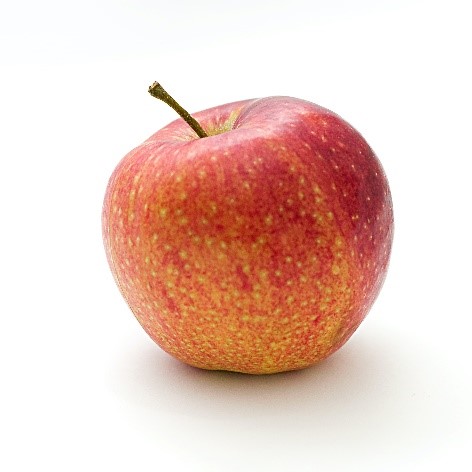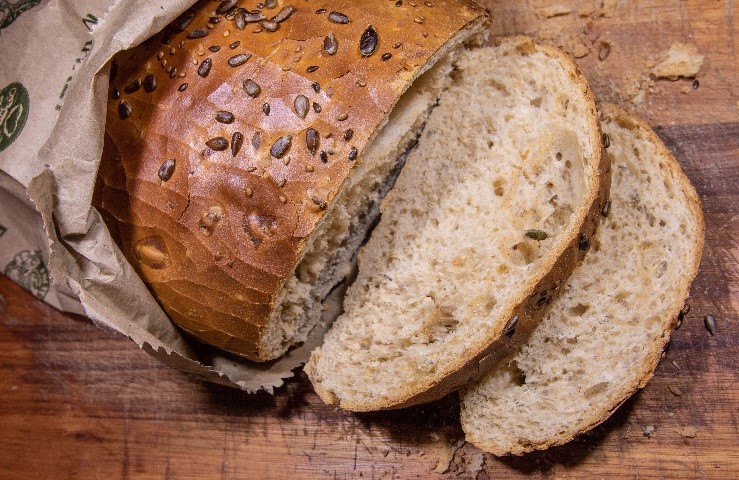Are all whole carbs equal??
The short answer is “NO”!

Remember how when you were a child playing with LEGO, there were those
different sizes of blocks? Well, it’s the same with sugars: Different
sugars have different sizes and shapes.
There are three general categories of natural sugar molecules:
- Monosaccharides – those are the smallest units, like the single unit in a LEGO set. Glucose and fructose belong to this group, and both taste very sweet.
- Disaccharides – those are two units of monosaccharides. (Regular table sugar is a disaccharide made of fructose and glucose)
- Polysaccharides – those are made of 300- 1000 units of glucose strung together in a complex formation. Starch is a form of polysaccharide. Starch is present in large quantities in all grains, and interestingly starch is not sweet even though it is made of many units of glucose.


So now imagine a piece of fruit and a slice of bread.
The fruit consists of many molecules of basic single units (monosaccharides)
and is therefore very sweet.
The bread will consist of many starch molecules, each one made of 300-1000
glucose molecules. So the amount of glucose we get from a slice of bread is
much higher than the amount of glucose we get from a piece of fruit.
For that reason, people who consume many fruits and no grains are lean and
healthy, while people who consume a diet high in carbs will be prone to
diabetes, gain weight and suffer from high fat content in their blood.
Next: What is the correlation between a high carbs diet and hypertension?